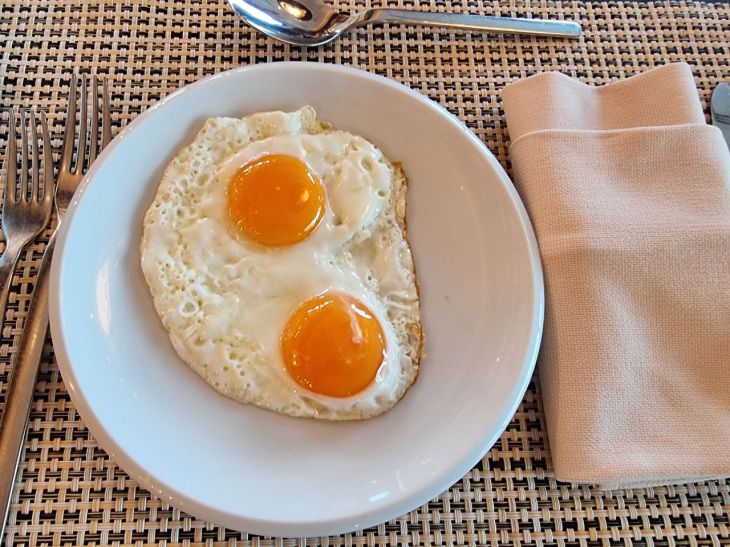An ideal omelet is one in which the white is snow-white, completely set and yet tender, and the yolk is bright and spreadable.
Unfortunately, the dish does not always acquire such a consistency and such an appetizing appearance.
So, the protein may turn out to be too runny or, on the contrary, too dense, or even burnt.
The yolk often loses its fluidity, becoming too hard.
This part of the egg may also lose its brightness, becoming covered with a white film. This often happens when scrambled eggs are cooked for a long time under a lid.

Fortunately, all problems are easily prevented. To do this, the dish must be cooked not only in oil, but also in... plain water.
Yulia Arkhipova, an expert in the field of cooking, a chef and a fourth-class baker from the online publication Belnovosti, spoke about this approach to creating a traditional breakfast.
How to Properly Add Water When Cooking Scrambled Eggs
Pour some vegetable oil into the frying pan and place the pan on the switched on burner.
When the pan is hot enough, crack the required number of eggs into it, being careful not to place them too close to each other.
As soon as the egg whites begin to set, pour one tablespoon of water into the pan.
As a result, the dish will begin to steam rather than fry.
You can cover the pan with a lid, but for a maximum of 1-1.5 minutes, so that the yolk does not turn white.
The dish is ready as soon as the white is completely “set”. Thanks to the water, the omelet will be perfect: snow-white and incredibly tender white, bright and spreading yolk.









